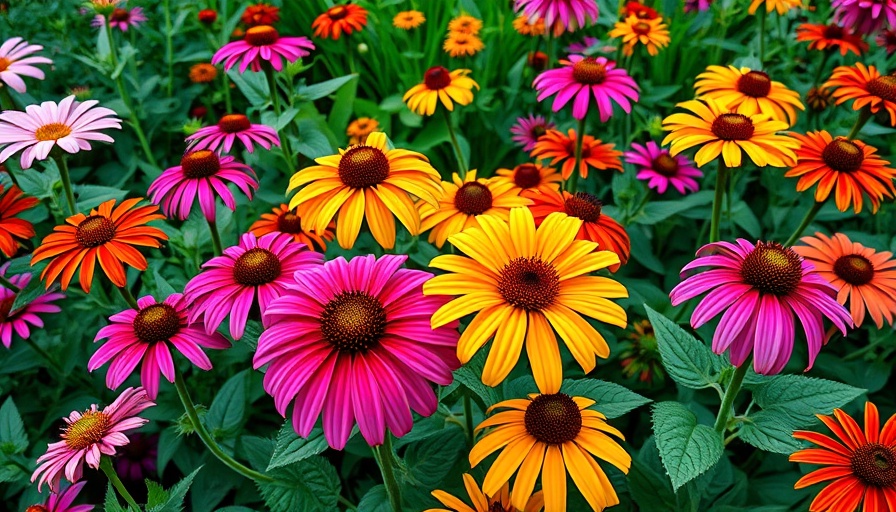
Transform Your Garden with 10 Stunning Long-Blooming Perennials
The Beauty of Long-Blooming Perennials
Imagine a colorful garden keeping its charm from early spring to late autumn, with vibrant flowers drawing bees, butterflies, and other pollinators. This dream garden is possible by selecting the right long-blooming perennials. Unlike standard perennials that flower for just a few weeks, these plants, like coneflowers and catmint, blossom for months, offering endless visual and ecological benefits. Opt for a mix of early, mid-season, and late bloomers to ensure a continuous burst of color and fragrance.
Tips for Maximizing Bloom Period
Ensuring your perennials flourish over an extended period involves thoughtful practices such as pinching, deadheading, and shearing. Such pruning techniques, when combined with the longest flowering perennials, pave the way for breathtaking gardens that maintain their beauty long after most flowers fade away. For instance, after catmint's initial blooms start to wane early summer, a "haircut" can spur further flowering.
Exploring Long-Blooming Options
Among the top picks is Catmint ‘Walker’s Low’, acclaimed for its drought tolerance and easy maintenance. Originating from zones 3 to 9, this perennial bathes gardens in purple-blue spikes attracting pollinators from late spring until mid-autumn. Similarly, the Geranium ‘Rozanne’ features delightful violet-blue flowers that keep blooming from early summer till frost. Garden owners with a penchant for vibrant, yet low-maintenance plants, should add these perennials to their collection.
Future Predictions and Trends in Garden Design
As more homeowners seek sustainable garden solutions, the popularity of long-blooming perennials is set to rise. These plants not only demand less maintenance but also play a crucial role in supporting pollinator populations, making them vital in today's shift towards environmentally-friendly gardening. Investing in these perennials could significantly enhance biodiversity in urban areas, ensuring gardens remain lush and lively throughout prolonged seasons.
Unique Benefits of Selecting Long-Blooming Perennials
Incorporating these perennials into your garden offers numerous advantages beyond aesthetics. They provide a continuous supply of food for pollinators, contribute to your garden's ecosystem health, and reduce garden maintenance efforts over time. The choices are abundant, from varied flower colors to plant heights, ensuring ample diversity to suit any garden style.
For more long-blooming perennial options, visit Savvy Gardening. Add Row
Add Row  Add
Add 


 Add Row
Add Row  Add
Add 

Write A Comment